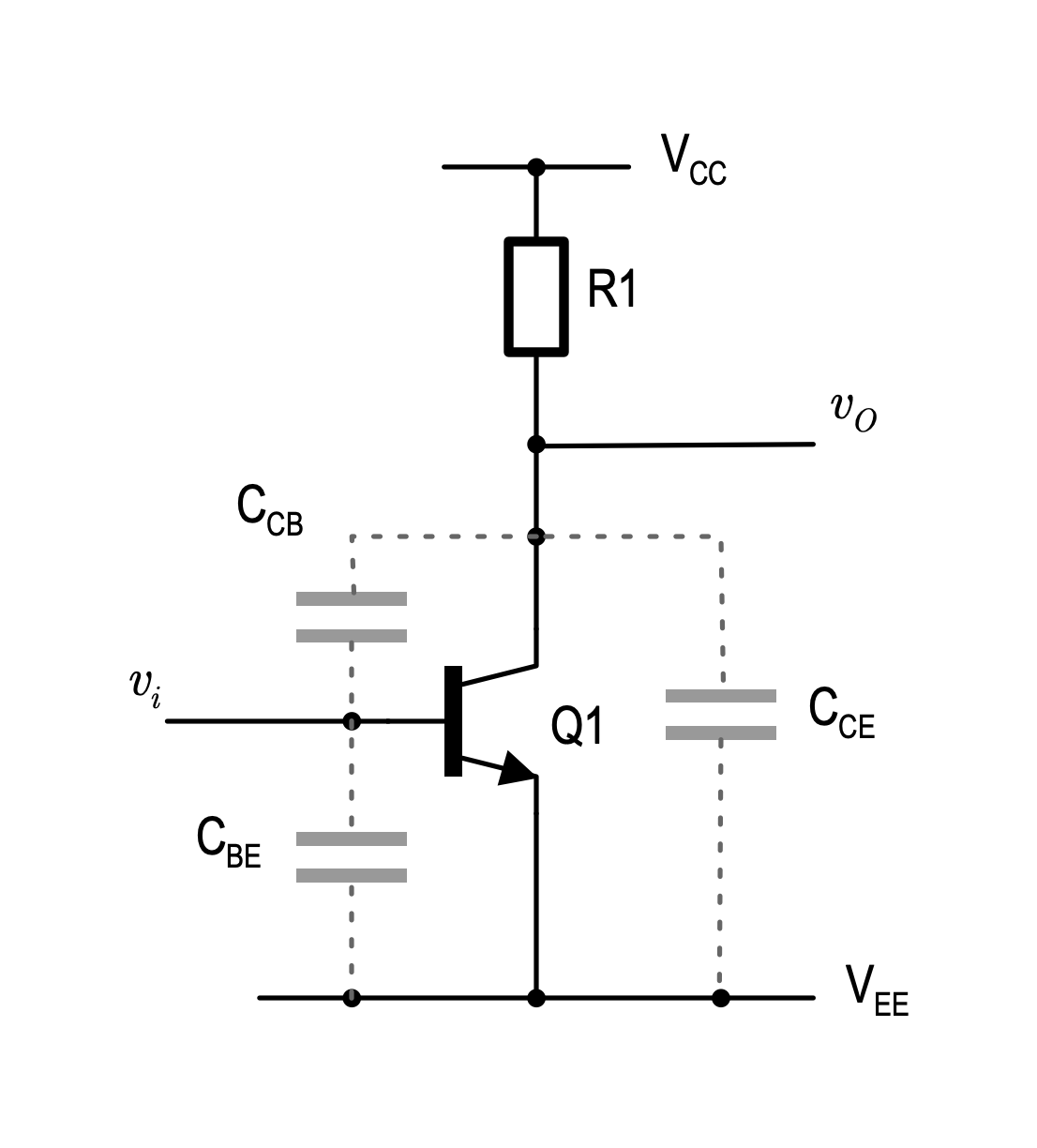Okay, let me tell you about my run-in with this thing they call the Miller effect in MOSFETs. It wasn’t something I learned from a book first, not really. It bit me during a project.

My First Encounter
I was working on a simple switching circuit, nothing too fancy, just turning a load on and off pretty quickly with a MOSFET. I had my scope hooked up, expecting to see nice, clean square waves at the gate and the drain. You know, flick the switch, voltage goes up, flick it off, voltage goes down. Easy peasy.
But what I saw on the scope wasn’t quite right. The drain voltage switched okay-ish, maybe a bit slower than I wanted, but the gate voltage… that was weird. Instead of snapping right up to the driving voltage, it would rise, then kinda hang out at this flat spot, like it was taking a breather, before finally getting up to the full voltage. Same thing happened when turning it off – it would drop, pause on this plateau, then drop the rest of the way. It looked really sluggish.
What’s Going On Here?
My first thought was, “Is my gate driver too weak?” So, I tried a beefier driver. Made a tiny bit of difference, maybe, but that weird plateau was still there, clear as day. It was really slowing things down. I checked my connections, swapped out the MOSFET thinking maybe it was faulty, checked the power supply. Nothing seemed obviously broken.
I spent a good chunk of time scratching my head. I remember thinking, “It’s just a gate, it’s like a tiny capacitor, right? It should charge up fast!” But it wasn’t. This flat part, this plateau, was really messing with my switching speed and I could tell the MOSFET was getting warmer than I expected. More time spent switching means more heat, right?
Stumbling Upon the “Miller Effect”
Finally, I started searching online, typing in stuff like “MOSFET gate slow charge plateau” or something like that. After digging through some forum posts and application notes, I kept seeing this term: “Miller effect” and “Miller plateau”.

Turns out, it’s all about the capacitance between the gate and the drain (they call it Cgd, or Crss in datasheets). When the MOSFET is switching (meaning the drain voltage is swinging wildly), this little Cgd capacitor acts like a much, much bigger capacitor from the gate driver’s point of view. Why? Because as you’re trying to change the gate voltage, the drain voltage is changing drastically in the opposite direction (when switching a typical load). This big voltage change across Cgd means a lot of charge needs to be supplied or removed through the gate connection.
So, that plateau I was seeing? That was the point where the gate driver was dumping all its current just trying to charge or discharge this “effectively bigger” Miller capacitance while the drain voltage was swinging. The gate voltage gets kinda stuck until the drain transition is mostly done. It’s like trying to fill a bucket with a hole in it that gets bigger the faster you pour.
What It Meant for Me
Understanding this was a real lightbulb moment. It wasn’t just about the gate-source capacitance (Cgs). This Miller capacitance (Cgd) was the real party pooper for high-speed switching.
- It explained the slow switching speed.
- It explained the extra heat (switching losses).
- It made me realize why just looking at input capacitance (Ciss) isn’t enough; you gotta look at that gate charge (Qg), especially the gate-drain charge (Qgd), and the reverse transfer capacitance (Crss) specs in the datasheet.
- It showed why a strong gate driver with high peak current capability is crucial if you want fast switching, especially with high voltage changes at the drain. You need enough muscle to push through that Miller plateau quickly.
Ever since that project, I pay way more attention to gate charge figures and the shape of the gate voltage waveform on the scope. That little plateau tells a big story about how efficiently your MOSFET is switching. It was a practical lesson learned the hard way, but a good one.

